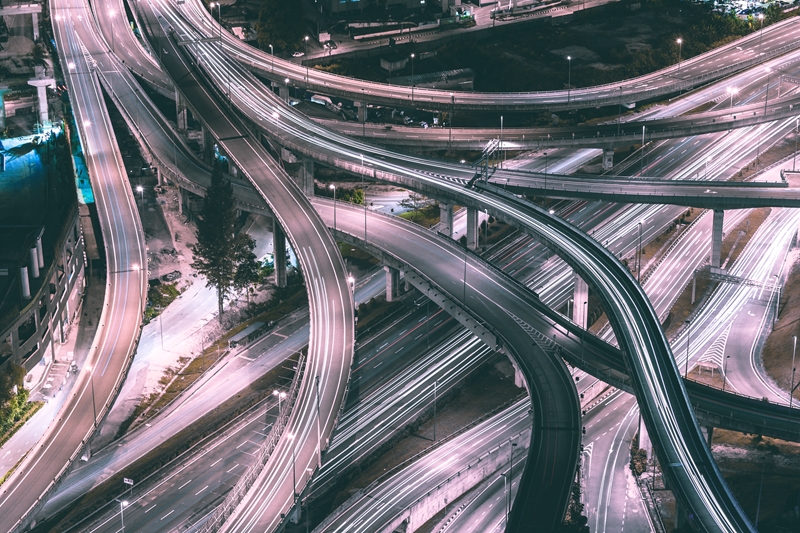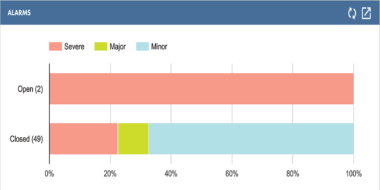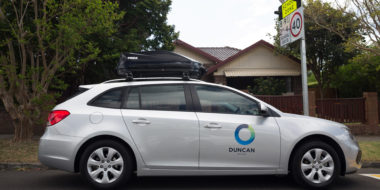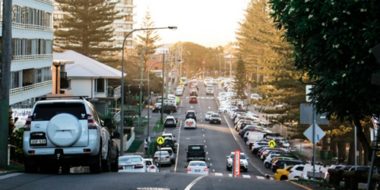

Australians want the future of driving now – but are they ready for the future of parking?
April 2017 research from Roy Morgan indicates that 46 per cent of Australians are ready to start using autonomous vehicles right away, with the vast majority of under-50s the most enthusiastic about the shift.
"The simple utility of a vehicle able to get someone from A to B, or C, or D, or F, G, or wherever, [is] far more important than showing off a new factory model V8," stated Roy Morgan CEO Michele Levine. Clearly, we're ready to take our hands off the wheel and let robots do the driving – but the implications for the parking management industry could be huge.
The rise of driverless cars in Australia
Driverless vehicles are already close to commonplace in Australia. In 2016, the SA Government legislated a trial period in which autonomous cars would be rolled out on the state's roads. Finder anticipates that models will be widely available for consumers by 2025, while some prominent figures (like Elon Musk) believe it will be even sooner than this.

Using the best in GPS, detection and onboard computing technology, autonomous vehicles can improve safety and efficiency on Australian roads – although currently, at a very high price. At the moment, big car manufacturers like Ford, Audi and BMW have been integrating driverless features into human-driven vehicles – including hands-off steering mechanisms and automatic parking.
It's a gradual rise, but an unstoppable one. Fully autonomous cars are here, and the bulk of Australia's vehicles are likely to begin automation in the near future.
How do driverless cars change infrastructure in Australia?
With cars driven by computing, there is a wealth of opportunity for cities of the future. For example – Duncan Solutions' Parking Enterprise Management System (PEMS) is a fully integrated parking solution that collates data in one centralised location, making it available through the cloud for both enforcement teams and consumers. This can let drivers see where parks are available (and when they will be), while also maximising the efficiency of compliance squads.

Automated vehicles down the line may be able to connect directly to this system – rather than drivers manually finding parks through PEMS, a driverless vehicle may be able to take passengers to the nearest available park automatically. Identification of parks, vehicles and time spent could be processed instantaneously and without any human error or stress as tech develops.
The future of parking is here
Developments like this are everywhere. The National Roads and Motorists Association (NRMA) recently released a report identifying some other ways vehicles and related infrastructure are evolving, including:
- Real-time fuel price updates delivered direct to drivers
- The embedding of data sensors in roads to allow vehicles to communicate better (similar to the sensors used in PEMS)
- Ensuring the nbn and other 4G networks can integrate seamlessly with driverless cars
One benefit all of these changes have in common is reduced stress and congestion for us. Smarter vehicles and parking solutions mean less time stuck in traffic, or trying to find a park. When machines can do it for us, everything becomes that much easier. In fact, the NRMA cites McKinsey research which argues that smart parking technology alone can reduce traffic congestion by 10 per cent.
Technology is evolving, no matter where you look. As driverless cars become the new norm, it's crucial that urban planners and local governments introduce the infrastructure to match them.
















